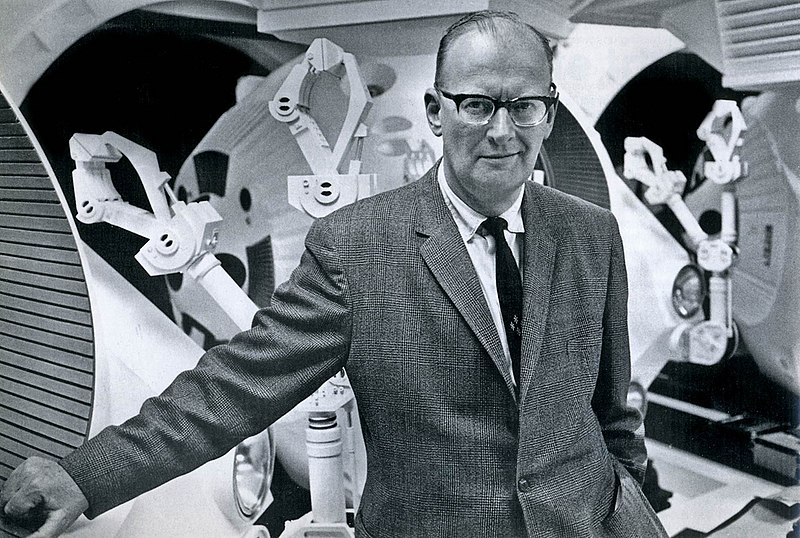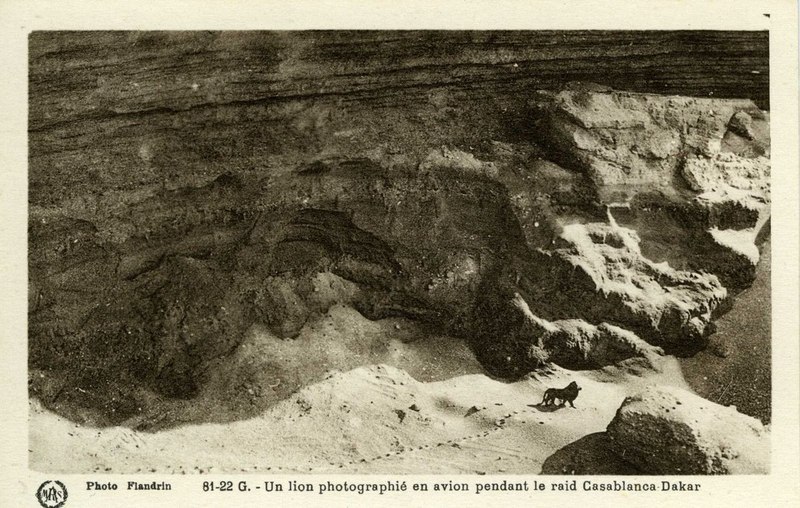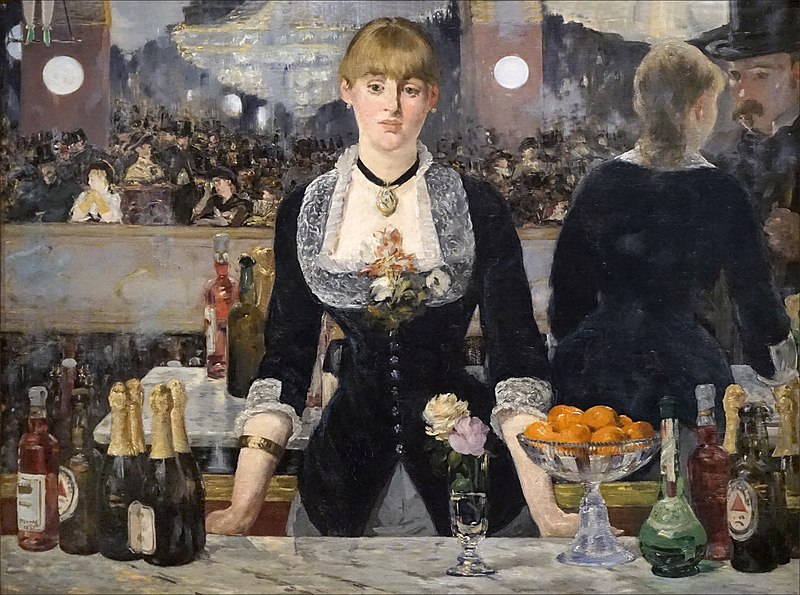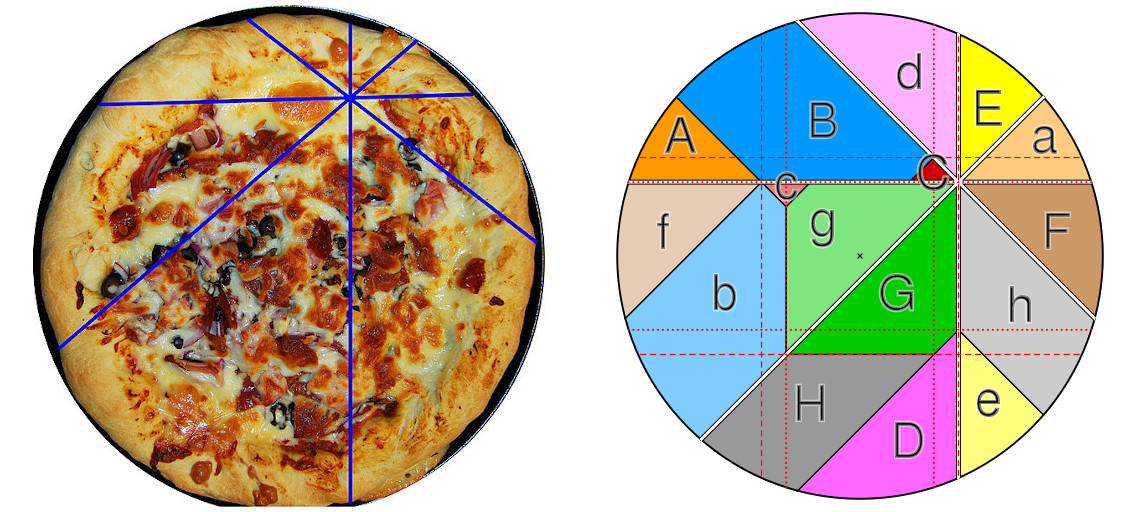In the August 1841 issue of Graham’s Magazine, Edgar Allan Poe published a cryptogram composed by a Doctor Frailey of Washington and offered a year’s subscription to any reader who could solve it. In October he published the solution, which he’d managed to find:
In one of those peripatetic circumrotations I obviated a rustic whom I subjected to catechetical interrogation respecting the nosocomical characteristics of the edifice to which I was approximate. With a volubility uncongealed by the frigorific powers of villatic bashfulness, he ejaculated a voluminous replication from the universal tenor of whose contents I deduce the subsequent amalgamation of heterogeneous facts. Without dubiety incipient pretension is apt to terminate in final vulgarity, as parturient mountains have been fabulated to produce muscupular abortions. The institution the subject of my remarks, has not been without cause the theme of the ephemeral columns of quotidian journalism, and enthusiastic encomiations in conversational intercourse.
He was upbraided in November by a Richard Bolton of Pontotoc, Mississippi, who’d sent in a solution but received no credit. Poe redressed the error and added, “Your solution astonished me. You will accuse me of vanity in so saying — but truth is truth. I make no question that it even astonished yourself — and well it might – for from at least 100,000 readers — a great number of whom, to my certain knowledge, busied themselves in the investigation — you and I are the only ones who have succeeded.”




